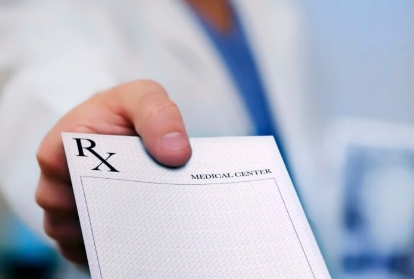Type 2 diabetes is a serious condition that occurs when the body does not produce enough insulin or is unable to use insulin properly. Insulin is a hormone that helps the body to process sugar, and without sufficient insulin, sugar levels can build up in the blood. This can cause a variety of health problems, including damage to the nerves, kidneys, and heart. Type 2 diabetes is often diagnosed in adults over the age of 40, although it is becoming increasingly common in children and young adults.
The exact cause of type 2 diabetes is unknown, but it is thought to be linked to a combination of genetic and lifestyle factors. There is no cure for type 2 diabetes, but it can be managed through lifestyle changes and medication. Early diagnosis and treatment are essential to minimizing the risk of serious complications.
According to the Centers for Disease Control (CDC), more than 34 million Americans currently have diabetes. In the United States, Type 2 makes up about 90-95% of all diabetes cases. Type 2 diabetes is usually diagnosed in adults over the age of 45, however, in recent years there has been an increase in diagnoses in children and adolescents. This may be due to the rise in obesity rates among young people. Type 2 diabetes is also more common in certain ethnic groups such as Native Americans, African Americans, Hispanic/Latino Americans, and Asian Americans. While the cause of type 2 diabetes is not completely understood, it is clear that both genetic and environmental factors play a role.
Risk factors for developing Type 2 diabetes include:
Obesity is one of the most significant risk factors for developing type 2 diabetes. Obesity is defined as having a body mass index (BMI) of 30 or higher. People who are obese are more likely to develop diabetes because they have more fat tissue, which makes it difficult for their bodies to use insulin effectively.
Lack of exercise is another key risk factor for type 2 diabetes. People who don’t get enough physical activity are more likely to develop insulin resistance, which can lead to type 2 diabetes.
Family history: People with a family history of diabetes are more likely to develop the condition themselves.
Gestational diabetes is a form of diabetes that develops during pregnancy. Women who have gestational diabetes are more likely to develop type 2 diabetes later in life.
Tobacco use: People who smoke tobacco products or who are exposed to secondhand smoke are at increased risk for developing type 2 diabetes.
Prediabetes: Not the same as type 2 diabetes, but is a condition with higher than normal blood sugar levels that can lead to developing type 2 diabetes.
Polycystic ovary syndrome (PCOS) is a condition that affects women’s hormone levels, which can lead to insulin resistance and type 2 diabetes.
Some common signs and symptoms of type 2 diabetes include:
Increased thirst
Frequent urination
Fatigue
Blurred vision
Slow healing of wounds
Frequent infections
Unintentional weight loss
Increased hunger
Nausea
Dizziness
Confusion
A diagnosis of type 2 diabetes usually comes after a person has had a fasting blood sugar test or an oral glucose tolerance test. These tests are simple and can be done in a health care provider’s office.
Metformin is the only FDA-approved prescription medication for type 2 diabetes that has been shown to prevent or delay the development of type 2 diabetes in people with pre-diabetes. Metformin works by reducing the amount of sugar produced by the liver and by increasing insulin sensitivity. Metformin is usually taken two or three times a day, with or without food. Metformin can cause side effects, including nausea, diarrhea, and headaches. If you experience any of these side effects, talk to your doctor. Sulfonylureas are another class of medications used to treat type 2 diabetes. Sulfonylureas work by stimulating the pancreas to produce more insulin. Sulfonylureas are usually taken once a day, with or without food. Common side effects of sulfonylureas include low blood sugar, weight gain, and stomach pain. Please note this is not a complete list of medications available for Type 2 Diabetes.
There are a number of healthy lifestyle modifications you can use to manage type 2 diabetes, including exercising regularly, eating a healthy diet, and maintaining a healthy weight. Exercise helps to improve your body’s use of insulin and can also help to lower blood sugar levels. Eating a healthy diet can help to control blood sugar levels and also help you maintain a healthy weight. Maintaining a healthy weight is important because being overweight or obese can increase your risk of developing type 2 diabetes. By making some simple lifestyle changes, you can help to manage your type 2 diabetes and improve your overall health.

If you have a question about a prescription transfer or ordering from NextRx, we’d love to hear from you.

This will close in 0 seconds